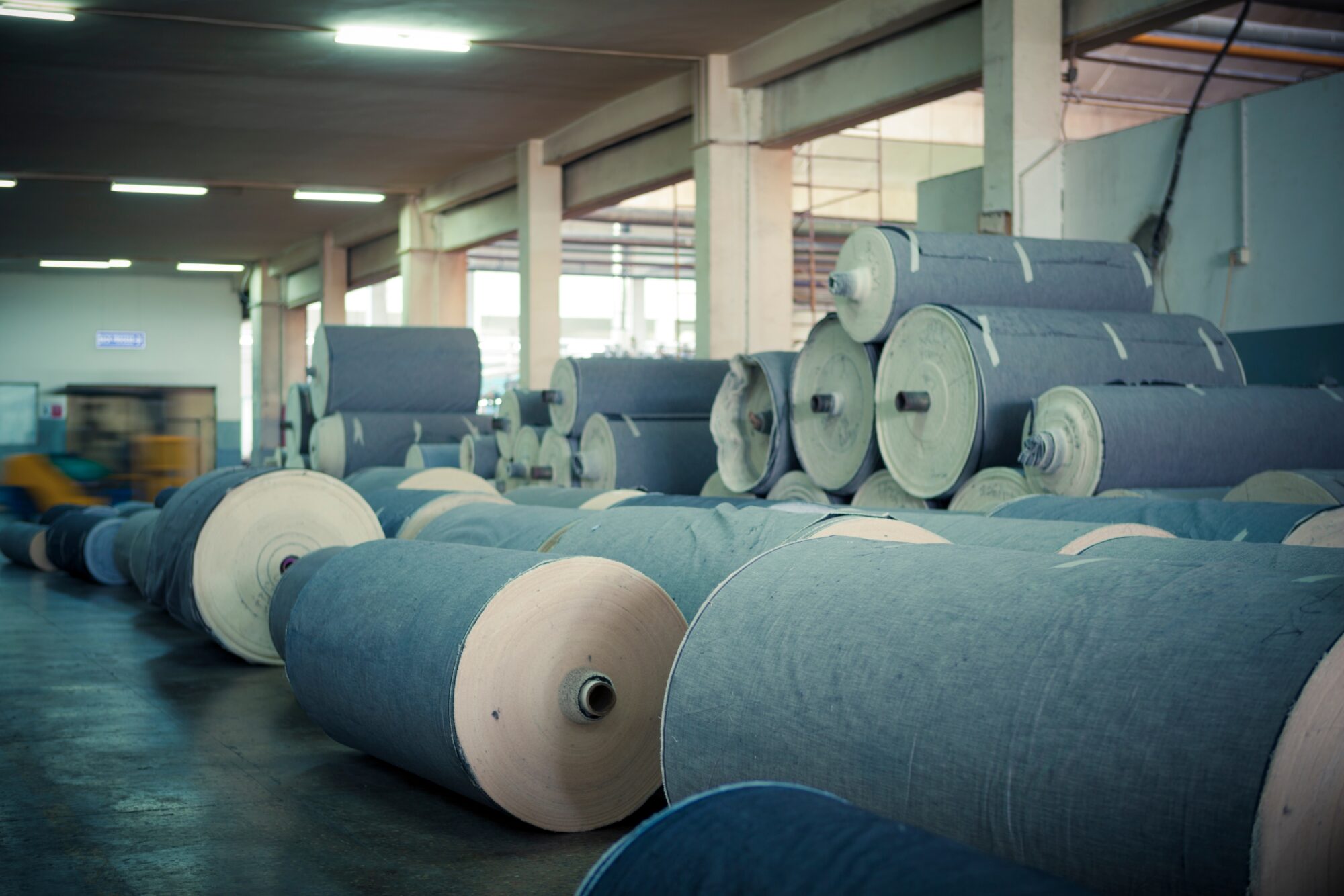Innovative Applications of Carbon-Based Materials in Automotive Engineering

The History & Evolution of Carbon-base Materials:
The history of carbon-based materials spans millennia, with their use evolving from ancient civilizations to modern technological advancements. The earliest recorded use of carbon-based materials dates back to ancient civilizations such as the Egyptians, Greeks, and Romans.
Graphite, another significant carbon-based material, found its place in history as a writing material and lubricant, with evidence of its use dating back centuries. In the 19th century, the commercial production of carbon black began, initially for use as a pigment and later expanding into applications such as rubber reinforcement.
The modern era of carbon-based materials dawned in the mid-20th century with the invention of high-performance carbon fibers by Roger Bacon, leading to their widespread use in aerospace and military applications. Subsequent discoveries of carbon nanotubes in the 1990s opened up new frontiers in nanotechnology, paving the way for innovative applications in electronics, materials science, and biomedicine.
Modern applications on carbon-based materials in Manufacturing
Today, carbon-based materials continue to be at the forefront of scientific research and industrial innovation, driving advancements in fields such as automotive engineering, renewable energy, and electronics.
In a modern application of manufacturing one can define a carbon-based material anything derived from carbon, either in its pure form or in combination with other elements. Carbon-based materials exhibit various physical, chemical, electrical, and mechanical properties that make them highly versatile in manufacturing processes.
Here are some common used types of carbon-based materials and their applications in modern day manufacturing:
Carbon Fibers: Carbon fibers are lightweight, strong, and have excellent tensile strength. They are widely used in aerospace, automotive, sporting goods, and construction industries for making high-performance composites. Carbon fiber-reinforced polymers (CFRP) offer superior strength-to-weight ratio compared to traditional materials like steel and aluminum.
Graphene: Graphene is a single layer of carbon atoms arranged in a two-dimensional honeycomb lattice. It has extraordinary mechanical strength, thermal conductivity, and electrical conductivity. Graphene finds applications in electronics, energy storage, sensors, coatings, and biomedical devices.
Carbon Nanotubes (CNTs): Carbon nanotubes are cylindrical structures composed of rolled-up graphene sheets. They exhibit exceptional mechanical, thermal, and electrical properties. CNTs are utilized in various manufacturing processes such as nanoelectronics, conductive plastics, lightweight composites, and energy storage devices.
Activated Carbon: Activated carbon is a highly porous form of carbon with a large surface area. It is used in manufacturing for adsorption of gasses and liquids, purification of water and air, and as a catalyst support in chemical processes.
Carbon Composites: Carbon composites are materials composed of carbon fibers embedded in a matrix material such as epoxy resin. These composites offer high strength, stiffness, and corrosion resistance, making them suitable for applications in aerospace, automotive, marine, and sporting goods industries.
Carbon Black: Carbon black is a fine powder produced by the incomplete combustion of hydrocarbons. It is widely used as a reinforcing filler in rubber products such as tires, conveyor belts, and automotive hoses. Carbon black also finds applications in coatings, inks, and plastics.
Carbon Foam: Carbon foam also known as reticulated vitreous carbon (RVC) foam is a skeletal material with a rigid, highly porous and permeable structure, with excellent thermal and electrical conductivity. It is used for heat exchangers, thermal insulation, electromagnetic shielding, and as a substrate for catalysts.
Carbon Nanofibers: Carbon nanofibers are nanostructured carbon materials with high aspect ratios. They are utilized in manufacturing for reinforcement of polymers, conductive coatings, energy storage devices, and filtration membranes.
Carbon-based materials applied to Automotive Engineering
The ever evolving automotive industry constantly demands new technologies and material applications. These advancements in materials, more specifically, carbon based materials, allow vehicle manufacturers to offer higher performing, more efficient vehicles year after year.
Here’s a closer look at how carbon-based materials are used in automotive engineering:
Carbon Fiber Reinforced Polymers (CFRPs): CFRPs are extensively used in automotive engineering to reduce vehicle weight while maintaining structural integrity. They are employed in components such as body panels, chassis structures, and interior parts. CFRP parts offer significant weight savings compared to traditional materials like steel or aluminum, leading to improved fuel efficiency and performance.
Carbon Nanotubes (CNTs): Carbon nanotubes are used to enhance the mechanical properties of automotive components. They are incorporated into polymer matrices to improve stiffness, strength, and impact resistance. CNT-reinforced composites are utilized in parts such as bumpers, fenders, and structural reinforcements to enhance crashworthiness and durability.
Carbon Ceramic Brakes: Carbon ceramic brake discs offer superior braking performance compared to traditional steel brakes. They provide excellent heat dissipation, high thermal stability, and reduced weight, resulting in improved braking efficiency, shorter stopping distances, and enhanced durability. Carbon ceramic brakes are often found in high-performance and luxury vehicles.
Carbon Foam and Aerogels: Carbon foam and aerogels are used for thermal and acoustic insulation in automotive applications. They offer lightweight, low thermal conductivity, and excellent sound absorption properties, making them suitable for use in engine compartments, cabin insulation, and noise reduction barriers.
Graphene-based Materials: Graphene and graphene-based materials are being researched for various automotive applications. They offer benefits such as lightweighting, electrical conductivity, and mechanical strength. Graphene-enhanced composites are investigated for use in structural components, batteries, fuel cells, and sensors, with the potential to improve vehicle performance, efficiency, and safety.
Carbon Fiber Reinforced Plastics (CFRPs) in Battery Enclosures: With the rise of electric vehicles (EVs), lightweight materials such as CFRPs are increasingly used in battery enclosures. CFRP structures provide protection for the battery pack while minimizing weight, contributing to extended driving range and improved overall efficiency of electric vehicles.
Carbon-based Coatings and Nanomaterials: Carbon-based coatings and nanomaterials are employed to improve the surface properties of automotive components. They offer benefits such as corrosion resistance, wear resistance, and reduced friction. Carbon-based coatings are applied to engine components, pistons, cylinders, and transmission parts to enhance durability and performance.
Overall, carbon-based materials play a crucial role in automotive engineering by offering solutions for lightweighting, performance enhancement, durability improvement, and energy efficiency in modern vehicles. As automotive manufacturers continue to pursue advancements in vehicle design and technology, carbon-based materials will undoubtedly play an increasingly important role in shaping the future of the automotive industry.


